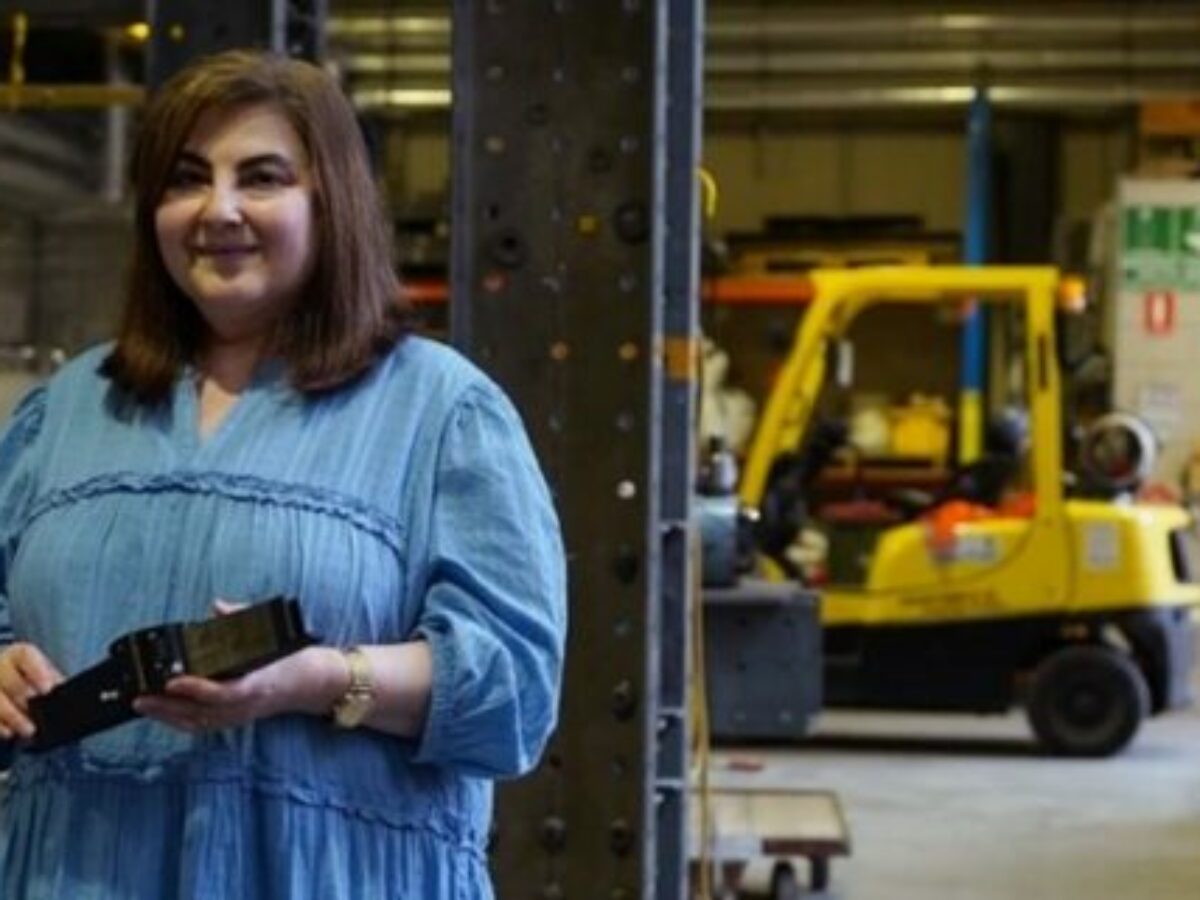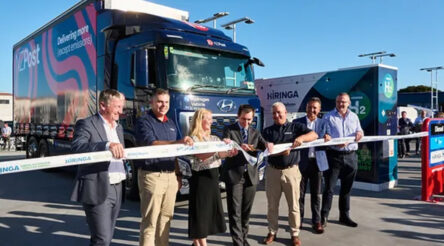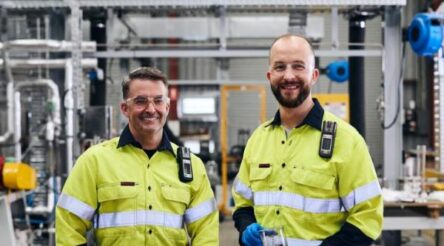Aussie invention set to make the world safer

The heroism of entering a burning building is amplified by the fact that, at any moment, it could collapse. During evacuations and rescue missions, every second counts. Imagine if we improved monitoring systems – for mines, bridges, towers – to gauge hazards more precisely. How many lives could be saved?
University of Adelaide researcher Dr Noune Melkoumian has invented an innovative structural health monitoring (SHM) system for this exact purpose – and she’s about to take her sensor technology global.
In 1988, Armenia witnessed one of the most destructive earthquakes in human history. The shock tore through cities, distorting structures and reducing others to rubble.
“After the earthquake, we didn’t know if the remaining buildings were safe or not,” Noune recounts.
“With this early-warning technology, we could have known where to shelter survivors.”
As an engineering academic in Adelaide, Noune teamed up with an earthquake expert to test her unique prototype. The sensor system identified damage to large-scale structures eight minutes before even a hairline fracture appeared, a life-saving length of time that grew with each new model.
Noune’s SHM system has attracted two companies keen to take her invention to market as soon as possible.
NVMS Solutions, the company responsible for the structural monitoring of the Sydney Harbour Bridge, will distribute the sensor technology in Australia and New Zealand.
Hegel Industrial Solutions, meanwhile, will lead the manufacture of the system and its launch in Australia and offshore – with an initial focus in the United States where over 47,000 structurally deficient bridges were reported in 2019 and more recently, last January, a Pittsburgh bridge collapsed, plunging a passenger bus into a park ravine.
“We’ve made an extremely versatile platform product,” Noune says.
“It monitors the whole structure in one go. It’s extremely cost-effective compared to current monitoring tactics. The sensors are flexible in shape and size. They can be retrofitted or built into a design, and they can be used in submarines, tankers, aircraft – even for soil monitoring.”
Noune attributes much of her market success to the University of Adelaide’s Innovation and Commercialisation Services.
With their support, her ideas left the lab and entered the hands of industry leaders.
“The team’s enthusiasm and professional insights were invaluable,” she says.
“I can’t wait for the next stage. We’ve got building blueprints ready to go and are investigating new applications all the time.
“It won’t be long before we’re monitoring structures off-world on the Moon and Mars. I’m excited to explore low-gravity environments and test our technology at extreme temperatures.”
The future of infrastructure is looking bright – and significantly safer.
Tune into the University of Adelaide’s podcast series – The Discovery Pod – to hear more from Noune and other researchers at the forefront of innovation.
This article originally appeared at The Lead South Australia.
Topics Manufacturing News
@aumanufacturing Sections
Analysis and Commentary Awards Defence Manufacturing News Podcast Technology Videos










